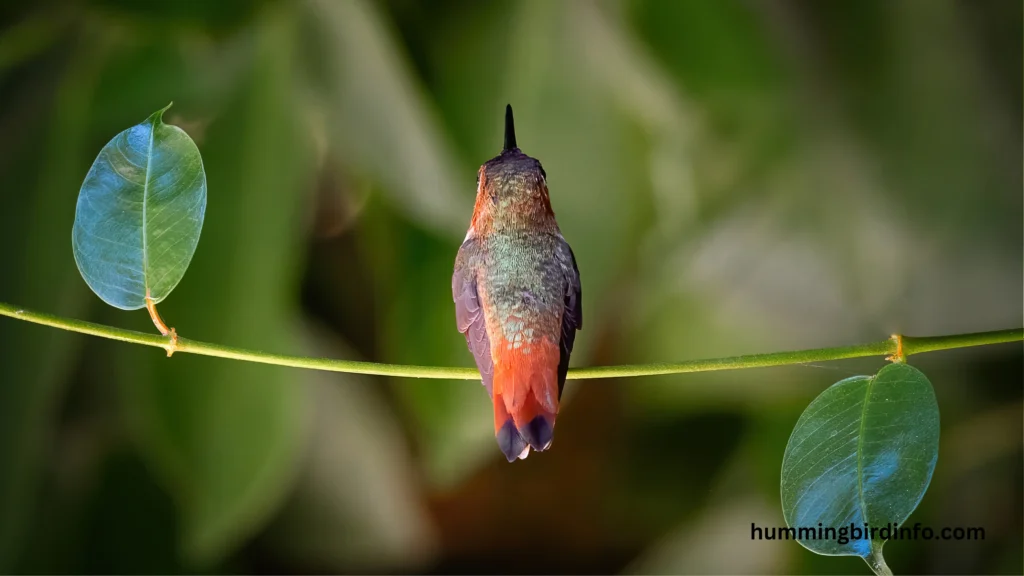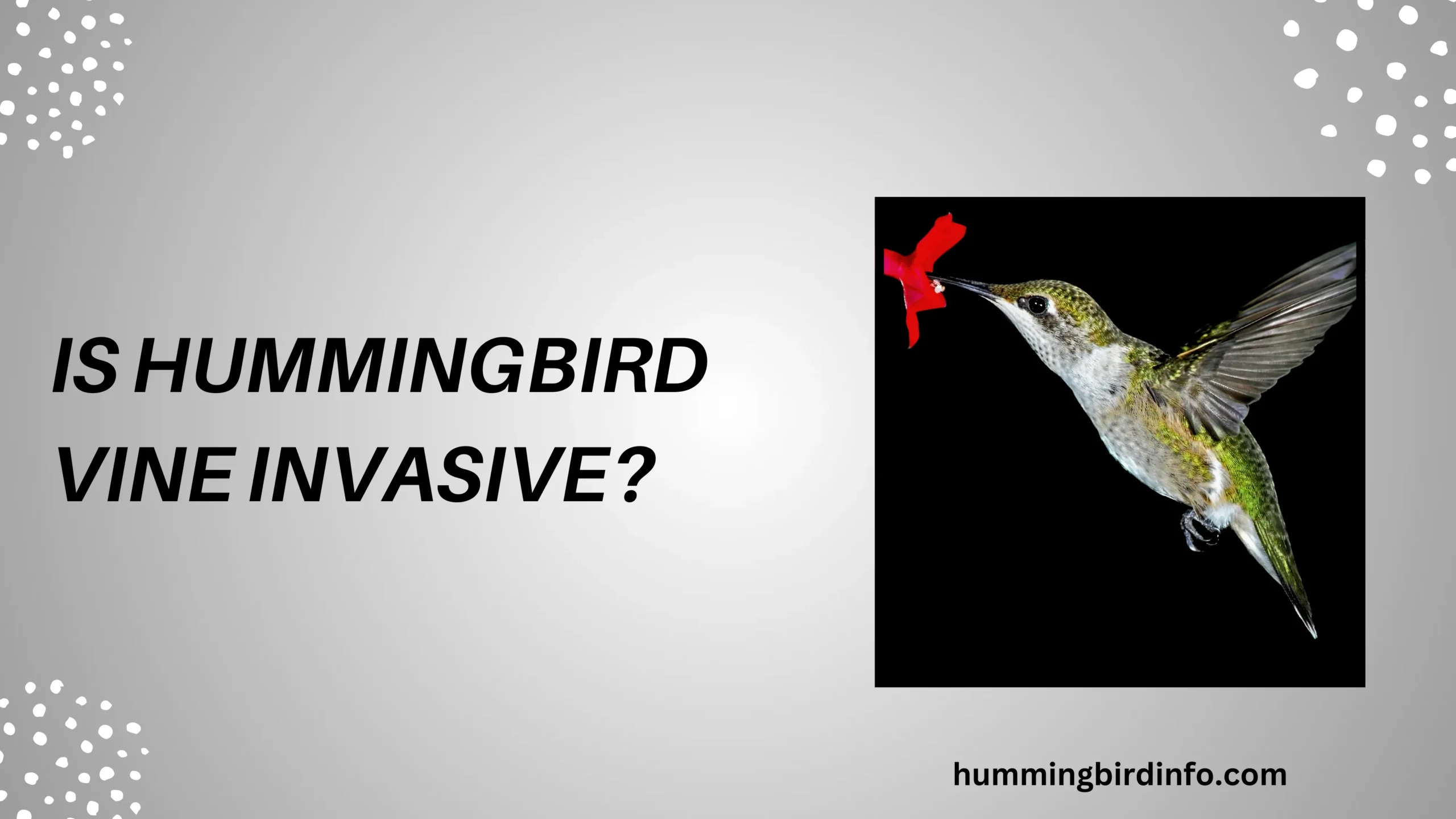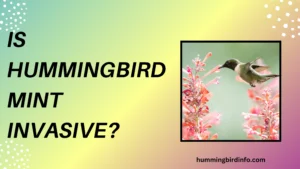The Hummingbird Vine, also known as Trumpet Vine, is loved by many gardeners for its bold, trumpet-shaped blooms and its magical ability to attract hummingbirds.
Its fiery red-orange flowers act like beacons to pollinators, transforming ordinary gardens into vibrant wildlife havens. It’s no surprise this vine finds a place in countless landscapes across North America.
But with all its charm comes a darker truth: the Hummingbird Vine can become a rampant invader. What starts as a beautiful addition can spiral into an uncontrollable spreader, choking out other plants, cracking structures, and costing property owners both time and money.
Its dual nature—ornamental beauty versus aggressive behavior—makes it both admired and feared.
In this blog post, we’ll explore the botany, growth habits, invasiveness, and management of Campsis radicans. We’ll also discuss how it behaves in different regions, its impact on ecosystems and infrastructure, and sustainable, native alternatives that offer beauty without the risk.
If you’re thinking about adding this vine to your garden—or you’re struggling to control it—this post will help you make informed, eco-friendly decisions.
Contents
Botanical Description of Campsis radicans
Campsis radicans is a woody, deciduous vine in the Bignoniaceae family, often referred to as Trumpet Creeper, Cow Itch Vine, or Hummingbird Vine. It’s native to the eastern United States, where it evolved alongside local species.
This vine features pinnately compound leaves with 7 to 11 leaflets and can grow over 30 feet long, clinging to surfaces with aerial rootlets. Its signature trumpet-shaped flowers are vivid orange to red, blooming profusely in summer, and can be up to 3 inches long.
After flowering, it produces long, bean-like seed pods that split open when mature, releasing numerous papery seeds. These seeds easily spread by wind and water, helping the plant colonize new areas rapidly.
Campsis radicans prefers full sun but tolerates partial shade, thrives in moist, well-drained soils, and adapts to poor or dry soils as well. This tolerance makes it highly successful in many environments—sometimes too successful for comfort.

Reasons for Aggressive Growth
One of the most notable traits of the Hummingbird Vine is its rapid growth rate. It can grow several feet in a single season, quickly engulfing fences, walls, trees, and nearby plants.
Its aerial rootlets allow it to cling tightly to any surface—brick, wood, vinyl siding, or even other trees—causing damage and making removal a chore. The roots don’t just anchor; they invade.
The plant spreads aggressively via underground suckers, forming new shoots far from the main stem. This makes it almost impossible to control once it’s established, even if the main vine is removed.
With its abundant seed production, the Trumpet Vine ensures its offspring will find new territory. The seeds are lightweight and easily carried by wind, water, or even animals.
Adding to the problem is its hardiness and adaptability. It tolerates drought, poor soil, heat, and pests, giving it a survival advantage over native plants, especially where it faces no natural predators.
Invasive Potential in Different Regions
While native to the southeastern U.S., Campsis radicans has naturalized across much of the United States and even parts of Europe and Asia. Once introduced, it tends to spread aggressively.
Invasive behavior is more pronounced in areas where the climate mirrors its native range—warm, humid environments. States like Maryland, Virginia, Texas, and parts of California report major issues with this vine.
It invades wildlands, displacing native vegetation and reducing biodiversity. Through suckering and seed dispersal, it spreads long distances, colonizing roadsides, woodlands, and riverbanks.
Its spread is so significant in some areas that it appears on state invasive species lists, flagged for its potential to disrupt native ecosystems. In some counties, it’s considered noxious, and removal may be recommended or required.
The vine’s ability to dominate disturbed habitats, such as construction sites or cleared lands, allows it to outcompete recovering native species, which rely on more stable conditions.
Ecological and Economic Impacts
Once established, the Trumpet Vine aggressively competes with native plants for essential resources like sunlight, water, and nutrients. It forms dense thickets that shade out groundcover and sapling trees.
This aggressive behavior reduces biodiversity, as fewer plant species can survive under its canopy. Fewer plants mean fewer insects, birds, and animals that rely on them for food or shelter.
The vine also causes structural damage. Its rootlets penetrate cracks, accelerating decay in walls, fences, and siding. Over time, this can lead to costly repairs for homeowners and businesses.
Local governments and landowners spend significant money and labor controlling infestations, removing vines from roadsides, parks, and public spaces. Control efforts can stretch over years, requiring repeated treatments.
In agricultural zones, it may invade pastures and tree crops, making mowing difficult and interfering with equipment. In some regions, it’s seen as a threat to forestry due to its encroachment into woodlots.
Control and Management Strategies
Prevention is the best approach. Avoid planting Campsis radicans in regions where it is known to be invasive or where its spread could harm native habitats.
For small infestations, mechanical control such as hand-pulling, root digging, or regular pruning can work—but only with persistence and repetition over several seasons.
When vines are mature or deeply rooted, chemical control may be necessary. Herbicides like glyphosate or triclopyr can be effective, especially using the cut-stump method where herbicide is applied directly to freshly cut stems.
Always follow label instructions, apply carefully to avoid non-target damage, and consider spot treatments rather than broadcast spraying. Avoid using herbicides near water sources or sensitive plants.
A more effective solution is Integrated Pest Management (IPM)—using multiple strategies over time, including monitoring, mechanical control, and chemicals when needed. Long-term management is essential to prevent reinfestation.

Native Alternatives
Instead of introducing a potentially invasive plant, consider using native vines that offer similar beauty and ecological benefits without the risks.
Good alternatives include Coral Honeysuckle (Lonicera sempervirens), which also attracts hummingbirds with red tubular flowers, or Crossvine (Bignonia capreolata), which is native and equally eye-catching.
These plants provide nectar for pollinators, blend well with native flora, and require less maintenance. Unlike Campsis radicans, they don’t take over the garden.
Using native plants supports local wildlife, contributes to a healthy ecosystem, and helps prevent the introduction of invasive species that may harm biodiversity.
Native choices also foster soil stability, attract a wider range of insects and birds, and often need less water, fertilizer, or pesticides, making them more sustainable.
Conclusion
Campsis radicans may look like a gardener’s dream, but its invasive nature makes it a high-risk choice, especially in sensitive ecosystems or unmanaged spaces.
Its invasiveness varies by region, but even in areas where it’s native, it can overwhelm landscapes if not carefully controlled. What starts as a few lovely flowers can lead to years of management struggles.
Responsible gardening means thinking ahead—choosing plants that won’t spread uncontrollably, and using native species that offer beauty without ecological cost.
This isn’t just about one vine. It’s about taking a long-term view of gardening, supporting native ecosystems, and protecting biodiversity for the future.
Before planting the Trumpet Vine, consider its potential impact. There are safer, native alternatives that won’t become a burden later. Choose wisely—for your garden, your wallet, and the planet.
FAQs:
1. What is the hummingbird vine?
The Hummingbird Vine, also known as Trumpet Vine or Campsis radicans, is a fast-growing, flowering vine that attracts hummingbirds and other pollinators.
2. Is it native to the United States?
Yes, it’s native to the southeastern U.S., but has spread widely and can become invasive outside its natural range.
3. Why is it considered invasive?
It spreads aggressively through seeds and underground suckers, outcompeting native plants and damaging structures.
4. Where is it most invasive?
It’s considered invasive in parts of the Midwest, Northeast, and Pacific Northwest, where it’s not naturally balanced by native predators or climate.
5. Can it damage buildings or structures?
Yes. Its aerial rootlets cling to surfaces and can damage walls, fences, and siding, especially older structures.
6. How do I control it in my yard?
Use a combination of digging, pruning, and herbicide treatments. Long-term monitoring is needed to fully remove it.








